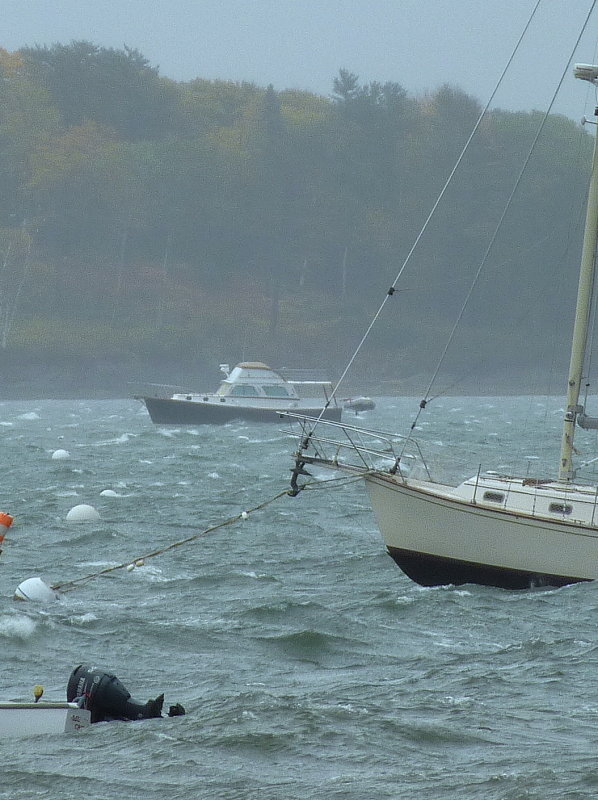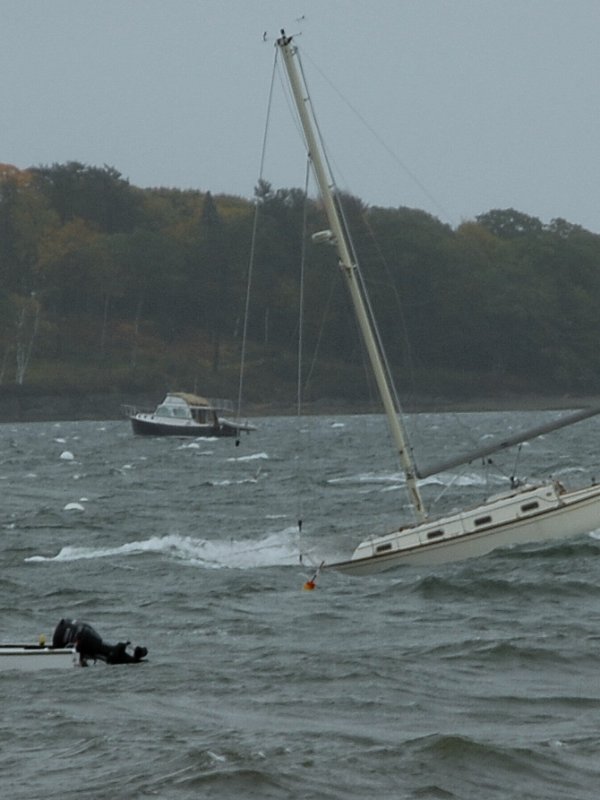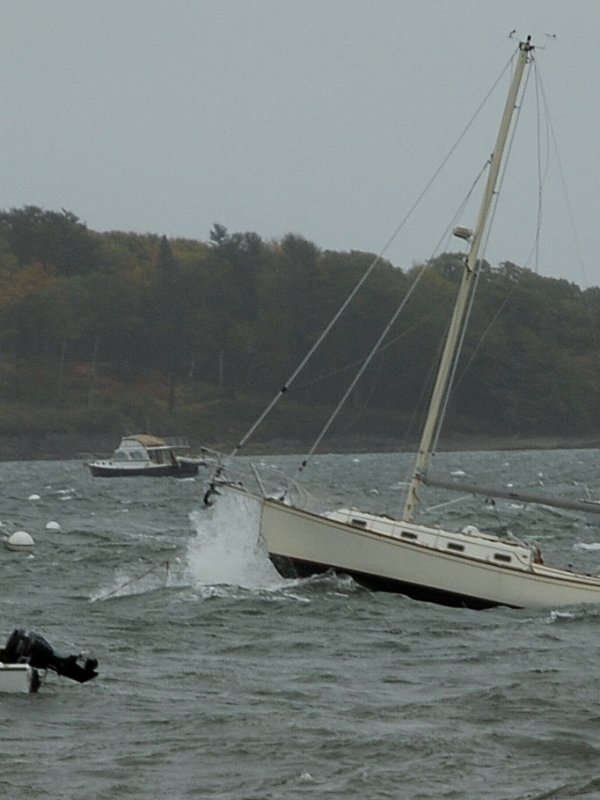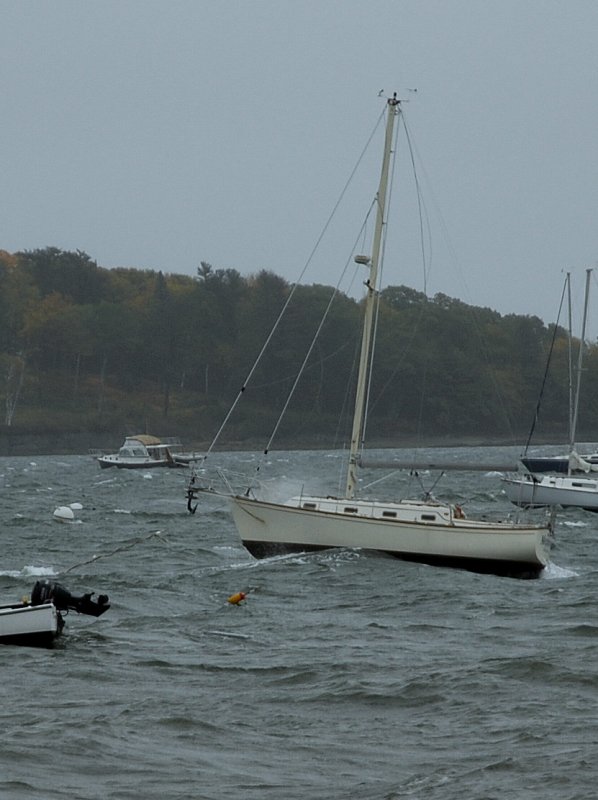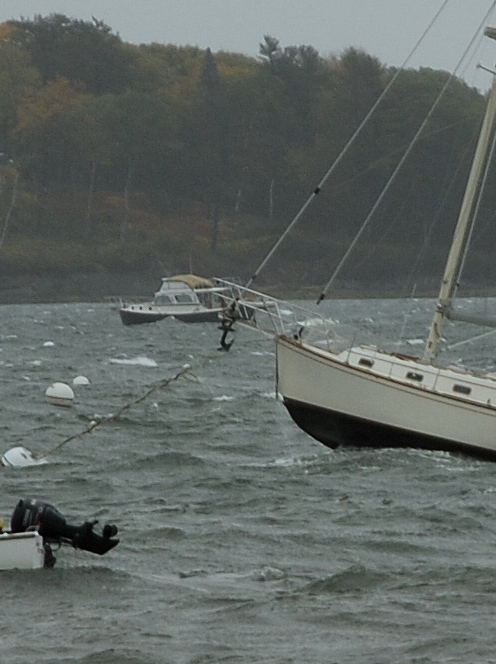Lady Campanula
N/A
I’d like to share my awareness of an intriguing booklet, recently published by retired aviation engineer Jim Izzard, called “Towards Zero Failures In Swinging Moorings”. It is clearly authoritative on a subject in which many of us have a considerable interest, and points towards a consensus on best practice which is, I know, wanted by all and provided by few.
This booklet pools the experience and practices of the main West Country mooring contractors and over a score of other specialists. As one might imagine, most of the standards, specifications and practices developed by them over the years achieve a broad consensus. Where there are differences in approach, the reasons are explored.

The following short extracts are included to provoke interest, but should be read in proper context before agreeing or disagreeing vehemently..…
This is a private book production and there are a few copies left at around £10. Should readers consider, as I did, that they want a copy on their boating bookshelf, then they are encouraged to ask Jim directly at ‘zerofailmooring@yahoo.co.uk’. Conversely, it is rumoured that PBO magazine may run a short article on this topic ‘sometime in the new year’, and that the mag’s editor – the Svelte Sarah – welcomes emails inquiring about it.

This booklet pools the experience and practices of the main West Country mooring contractors and over a score of other specialists. As one might imagine, most of the standards, specifications and practices developed by them over the years achieve a broad consensus. Where there are differences in approach, the reasons are explored.

The following short extracts are included to provoke interest, but should be read in proper context before agreeing or disagreeing vehemently..…
A heavy ground chain being moved around a block can scour out a deep saucer-shaped trough…. This can lead to the block being pulled into the trough….onto its side or upside down.
Cheap mild steel forged or welded swivels are prone to failure, particularly those held together with a nut locked only with spot-welds which corrode quickly….
Conventional 3-strand rope is not used for swinging boat-ropes/bridles because it can unlay and splices then fail….
There has been no case of failure in 24mm multiplait nylon boat-rope or bridle….
The wrong concrete mix ( in mooring blocks ) leads to a high erosion rate and crumbling...
Inflated ‘Buff’ type buoys sink when punctured. … long-life ‘Hippo’ buoys are preferred.
Pin threads are…. The part of the shackle most likely to corrode and fail….
A 12mm riser chain is likely to last 2 or 3 years but, if dropped for winter, life expectancy extends to 4 or 5 years. A swivel is likely to last for 3 or 4 years….
A single s/s cable tie took 8 times more torque to break compared with…. Monel wire mousing.
A failed s/s 12mm bow shackle where a missing sector reduced the cross-sectional area to just 25% after just six months.
This is a private book production and there are a few copies left at around £10. Should readers consider, as I did, that they want a copy on their boating bookshelf, then they are encouraged to ask Jim directly at ‘zerofailmooring@yahoo.co.uk’. Conversely, it is rumoured that PBO magazine may run a short article on this topic ‘sometime in the new year’, and that the mag’s editor – the Svelte Sarah – welcomes emails inquiring about it.

